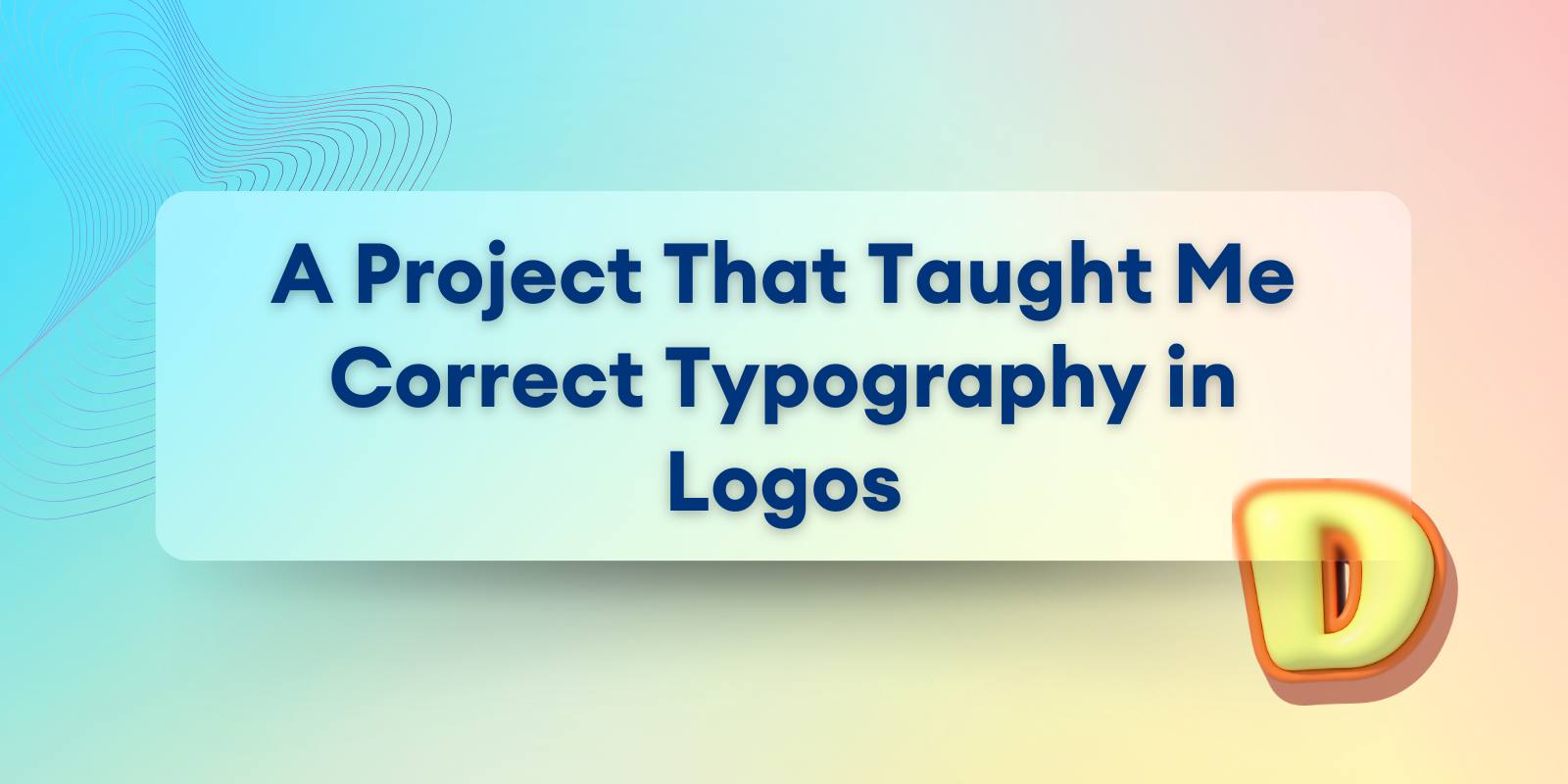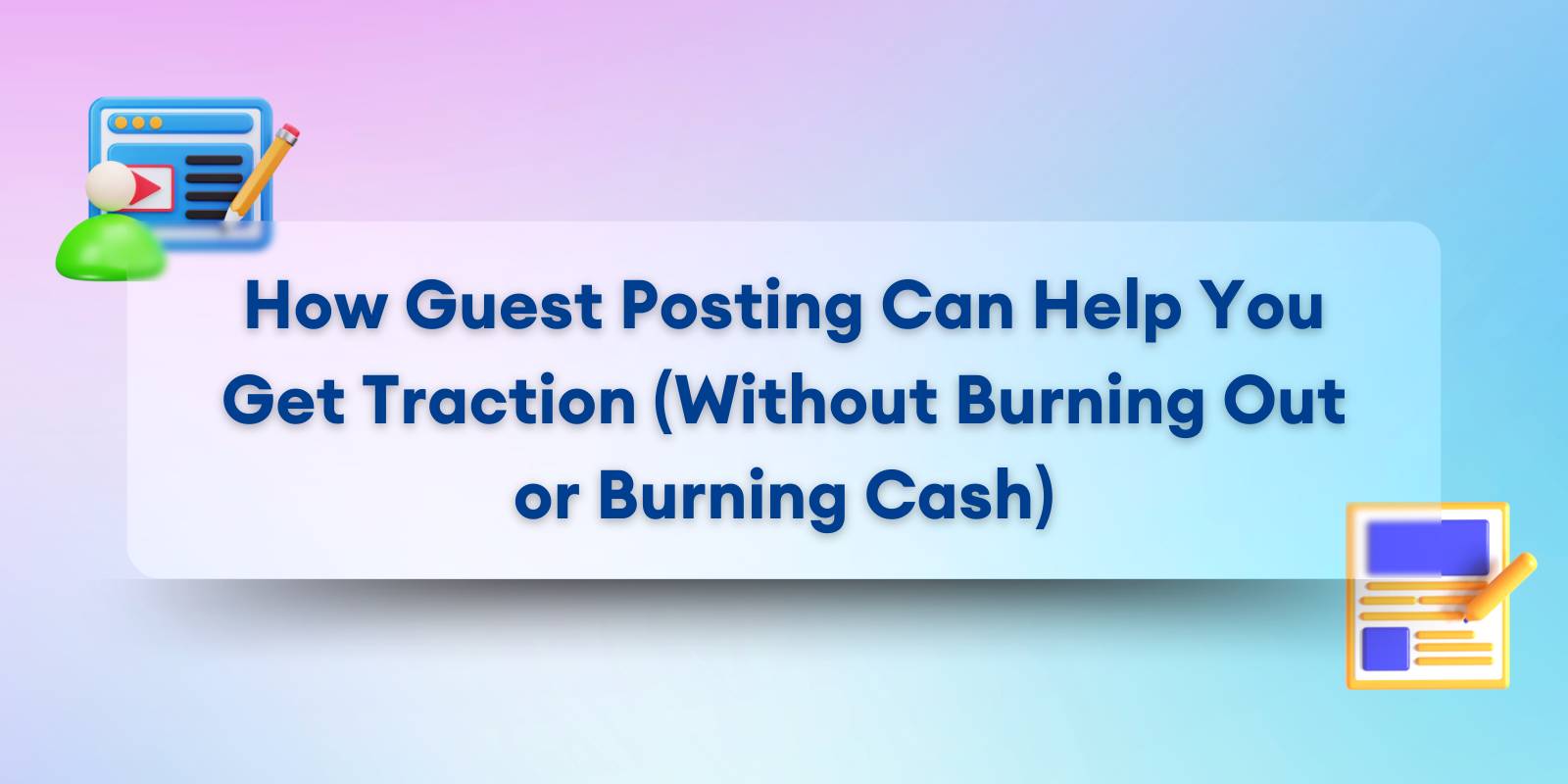
It looked good on screen, until it didn’t
I still remember the moment clearly. I had just wrapped up a logo for a small clothing startup. The layout was clean, the colors were on-brand, and the typography… well, it looked stylish. At least, I thought so until the client printed their first set of hang tags.

The logo, once sharp and expressive on a retina screen, was suddenly hard to read. Letters bled together. The weight felt off. It didn’t scale well. And that’s when I realized: I had focused on style over function. I had picked a trendy typeface without thinking about how it would behave in real use.
That project changed how I think about typography in logos.
Since then, I’ve worked with many startups and solo founders, and typography has become one of the first things I look at when shaping a brand identity. Because it’s not just about choosing a “cool font.” It’s about choosing the right one. One that speaks for the brand, works everywhere, and grows with it.
What went wrong, and how I learned to fix it

The original font wasn’t built for logos
For that clothing brand, I picked a thin, high-contrast serif font. It looked fashionable, which matched their market. But I didn’t consider legibility at small sizes, or how it would perform on packaging and labels. When the logo shrunk below 2 inches, it lost all clarity.
Lesson: Not all fonts are meant for logos. Many are designed for headlines or editorial use, not identity. I now check how a font behaves across sizes before I even start designing.
The spacing was too tight
Another issue? The kerning (space between letters) was too tight. On-screen, it felt balanced. In print, it felt cramped. The elegant vibe I wanted turned into a visual mess.
What I changed: I started testing logo text in uppercase and lowercase, adjusting tracking and kerning manually instead of relying on defaults. A little breathing room goes a long way, especially in minimalist logos.
I didn’t consider emotional tone
Looking back, I realized the font I chose felt too “exclusive,” even intimidating. But the brand’s voice was friendly, playful, and inclusive. That mismatch sent mixed messages.
Fix: I began every logo project with a tone check. Does this typeface feel warm or cold? Approachable or distant? Sharp or soft? I now select fonts based not just on shape, but on feeling.
I relied too much on the font itself
Another trap I fell into was expecting the font to do all the heavy lifting. But great logo typography often needs subtle adjustments; custom letter shapes, ligatures, even tweaking proportions to make it unique and recognizable.
Now: I don’t hesitate to adjust type. I’ve even created semi-custom wordmarks using base fonts as a starting point. This helps maintain clarity while giving the brand its own visual voice.
I started using better tools
As I got more confident, I also upgraded the tools I used for experimenting with typography. One that stood out for quick font testing in logo contexts was Turbologo. It made it easy to preview combinations and test how type looks in real-world scenarios, without needing advanced design skills.
Sometimes, just generating an AI logo draft helped me or the client see what direction not to take, which was just as valuable. These tools aren’t about replacing creativity, but about accelerating the feedback loop and helping non-designers participate in the process with more clarity.
What I now believe about typography in logos
Typography is the logo
For many startups and service-based businesses, the name is the logo. No icon. No shape. Just words. And that’s powerful, but only if the typography is strong.
Good typography is invisible
The best type in a logo doesn’t scream for attention. It supports the brand’s message quietly but confidently. If the letters get in the way of the message, something’s wrong.
A logo should work at every size
Always test your logo at 300px… then at 30px. If you can’t read it clearly at small scale, it won’t work in real life. And if it only looks good in color, ask: will it survive in black and white?
Customization adds character
Even small tweaks, extending a letter, adjusting a curve, can make a standard font feel tailored. That sense of intention gives a logo more identity, even if no one notices the details consciously.
Final thoughts for anyone just starting out
Typography might seem like the “easy” part of logo design, but in reality, it’s where most beginner mistakes happen. Fonts are emotional, structural, and functional, all at once. And they will shape how your brand is perceived.
So if you’re building a logo for your business, or helping someone else do it, here’s my honest advice:
- Don’t pick a font just because it’s trendy.
- Don’t assume it’ll look the same everywhere.
- Don’t be afraid to test, tweak, and start over.
Start with your brand’s voice, then find a typeface that expresses it clearly and confidently. Use tools like Turbologo if you’re just exploring ideas, it’s a great way to visualize what works (and what doesn’t) without the pressure of a blank page.
And remember: a great logo isn’t about flair. It’s about focus.Typography is how your brand speaks, so make sure it’s saying the right thing.




